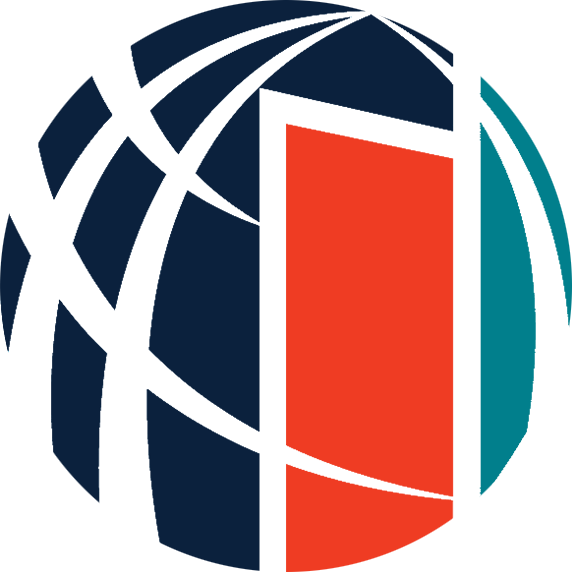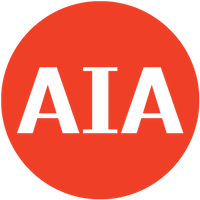Trick or Treat?
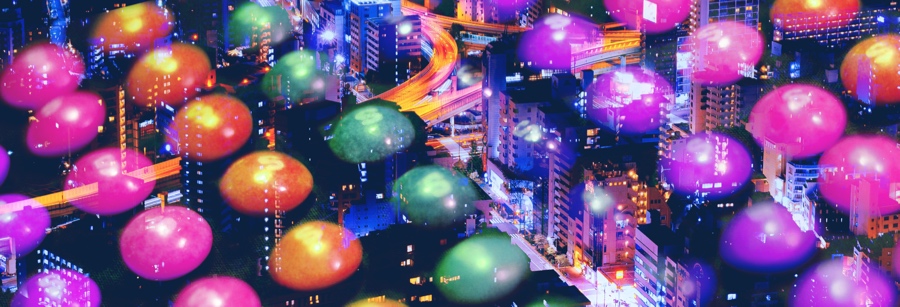
Sparse or sensory-rich architecture, and why we need both
You could probably guess that October 28th is the top day for candy sales in the US. Actually, the days just before Halloween make up 10 percent of candy sales annually. But October isn’t all sugar and spice. It’s also about pranks, slasher films, and a collective belief in the dissolution of boundaries between the dead and the living.
This October marks a return to trick-or-treating for many. We’re also returning to other unpredictable, high-stimulus environments. We’re commuting to cities and navigating crowds again. We’re going to big concerts (with laser shows). We’re dining in close-quartered restaurants. And we’re celebrating all of this as a return to “normal.” But is there actually something frightening, too aggressive maybe, about returning to our pre-COVID normal? Keep scrolling, for how design can offer rich, sensory “candy,” or dystopian views.
On our minds
Humans are neuroplastic creatures. We process millions of bits of sensory info every second, and these bits shape our brains, literally. Sensory intake releases neurotransmitters that we experience as both pleasure and pain. The pleasure part, the “candy,” leads many of us to seek intense sensory experiences.
Historically, architecture has been dominated by a single sense—sight—with a nod to sound and scant attention to touch, smell, or taste. Multisensory design came to architecture by way of the radical art world—specifically, Europe’s Zero and Japan’s Gutai collectives. But on a pop-culture level, carnival fun houses and haunted houses have been creating powerful, all-encompassing multisensory experiences for over a century. Meow Wolf and TeamLab are making headlines now, as immersive entertainment opportunities.
Offices, on the other hand, have traditionally been bland and uninspiring, full of neutral colors and pseudo-structuralist design. Contemporary office design battles a legacy of brutalism, which was a key choice for government buildings in the 70s and 80s. And structural expressionism is a favored set design for dystopian films. Both fall under the umbrella of modernism, which is marked by austerity and standardization. One legendary modern architect, Le Corbusier, called the stark homes he designed “a machine for living.”
Minimalism and ultra-modernism are aspirational, a visual shorthand for money, power, and the lack of sentimentality often associated with corporate success. But to an employee, the aesthetic may be a not-so-subtle cue to “check yourself” at the door. If you have an inconvenient personal need or a quality that doesn’t fit the company’s image, it’s a reminder that you’re expected to hide and disguise. There is a cookie-cutter aspect to workplace modernism that cuts employees “down to size” every time they walk through the door.
Maybe the designers of minimalist offices have less sinister intentions. Maybe the original idea behind this standardization was to offer a sort of unbiased spatial neutrality or to give everyone a sensory break. Of course, before the pandemic hit the pause button, our lives were very busy. We commuted for an hour or so each day. We rushed from coffee shops to offices, from meetings to restaurants. We shuttled our kids to activities. It was a glorious cacophony of sounds, sights, and smells.
Stimulation can be exciting, but studies have repeatedly shown that constantly overloading our brain with sensory information has a negative effect on cognitive functioning and mental health. After taking in billboards and neon signs on the way to work, maybe we need to stare at a blank wall. There’s a reason sensory deprivation tanks have made a comeback.
Still, it seems cynical, a cruel trick, to accept that the solution to overstimulation is a form of design that negates the sensuality of our human experience. When tackled intelligently, multisensory design can actually bolster our mental health—especially when employed in tandem with policies that recognize employees as individuals rather than as a standardized “workforce.” We’ve written about simple ways office design can consider all of our senses for better workspaces.
Whether or not we have a clinical diagnosis, we’re all neurodivergent. Some of us enjoy more stimulation than others and, just like sugar, plastic, and glass, we all have different melting points. There is a specific combination for each of us where too much heat, sound, or color leads to psychological distress.
We’ve just spent a year and a half in our homes, environments that we can completely control. We may be excited about returning to the office, but we’re asking our brains to work under conditions we’re no longer accustomed to. It will take time to readjust, and maybe we’re not willing to completely return to the way things were before.
We’ve experienced dystopia, and now we’re reprioritizing. We’re pickier. It’s why we keep hearing about the booming job market, but few workers are actually being hired.
In addition to equipping offices with spaces that offer varying degrees of stimulation and rest, we need to offer policies that work with employees’ unique needs. Some employees may want to return to the office five days a week. Some may find working from home every other day a more comfortable fit.
Prior to the pandemic, we heard a lot about FOMO (the fear of missing out). During the pandemic, some of us learned to embrace JOMO (the joy of missing out). Having fewer heavily hyped entertainment options was a great reminder that a “treat” doesn’t have to assault your senses.
Be patient with yourself during this season of adjustment, and prioritize the things you enjoy. Read a novel on the subway, rather than reviewing work docs. Ride your bike, even though it takes longer. Spend your coffee break strolling the park. Skip the concert, and get a massage.
From the archives
Last October, we were thinking about transformation and how it can feel like a system shock, an unpleasant “trick” of sorts. Sometimes changes beyond our control will jump-start us into using better technologies and methods that were already in our reach, but that we were resistant to try. This overview of our Workplace Intelligence webinar addresses how to adapt to new technology.
For Virgin magazine, we wrote about the silver linings in COVID-related workplace disruptions that will benefit employees long after this unique moment has passed.
Way back in May of 2019, long before Google started creating breezy workspaces from parking lots and giving them cute names like “Camp Charleston,” we wrote in Work Design magazine about the health benefits of and increased use of outdoor space for the working.
What are a few of your favorite ways to treat yourself? Drop us a line and let us know. In the meantime, enjoy this Day of the Dead playlist, and remember, not everything dark is sinister, and not everything flashy is fun.
In Case You Missed It
In the flurry of all the back-to’s—back to school, back to the office, back to social engagements—you probably overlooked a few things.
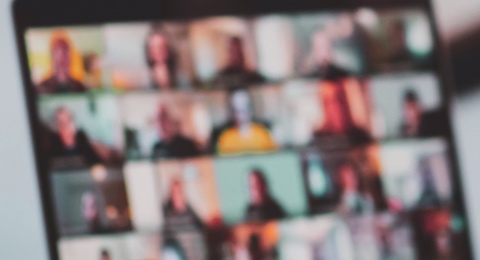
How Well Are You Doing Hybrid?
PLASTARC team members and other industry experts took a hard look at what we’re doing well and not-so-well with hybrid workplaces.
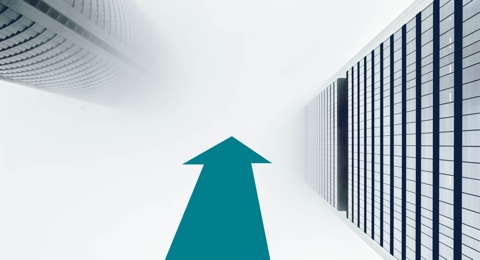
Designing Well-Being
At this southeastern AIA event, PLASTARC teamed up with architects to discuss how the built environment influences mental health every day.
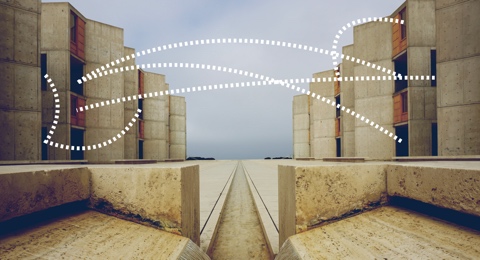
ANFA Symposium 2021 Event Coverage
While we're working on finishing up our coverage of this year's event, check out our recaps from 2018 and 2016.
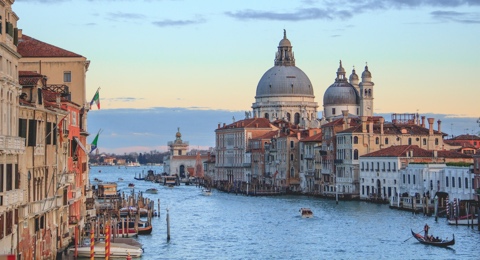
Coming Together Through Architecture
The Biennale Architectura, curated by MIT Dean Hashim Sarkis, explores how we can live together in challenging, globally divisive times. You haven’t completely missed it yet, though! Runs till Nov. 21 in Venice.

Craving the Comfort of Office Sounds?
This is for you, if you work best with the gurgle of the water cooler in one ear and the muffled chatter from the conference room by your (former) workspace in the other.
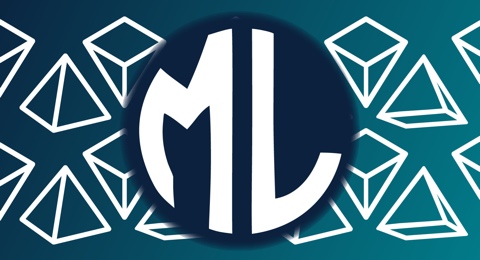
Creator of the Modern Louvre Dies at 91
Michael Laclotte, champion of the one-time controversial Louvre pyramid and other public art, passed away last month in Southern France.
Looking Ahead
There are more treats forthcoming, with these edge-of-your-seat events.


